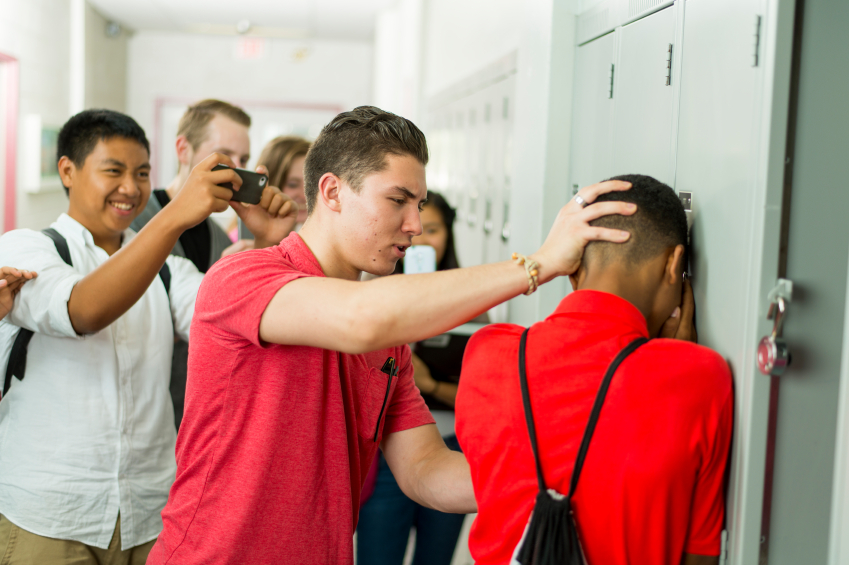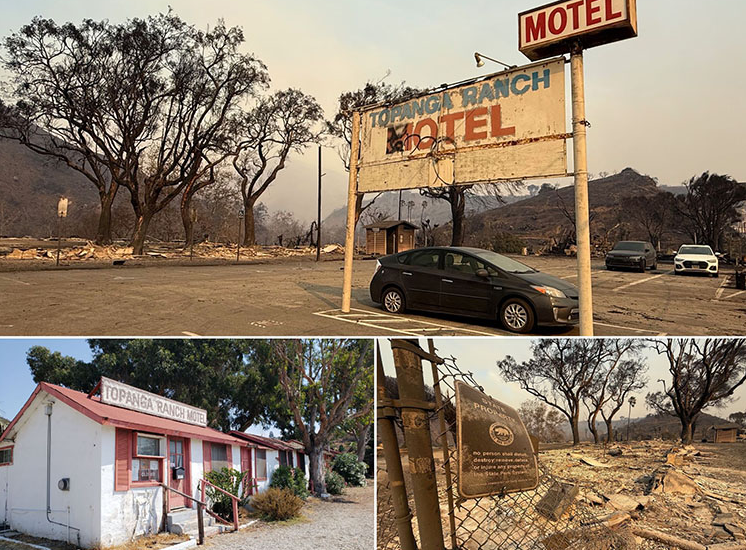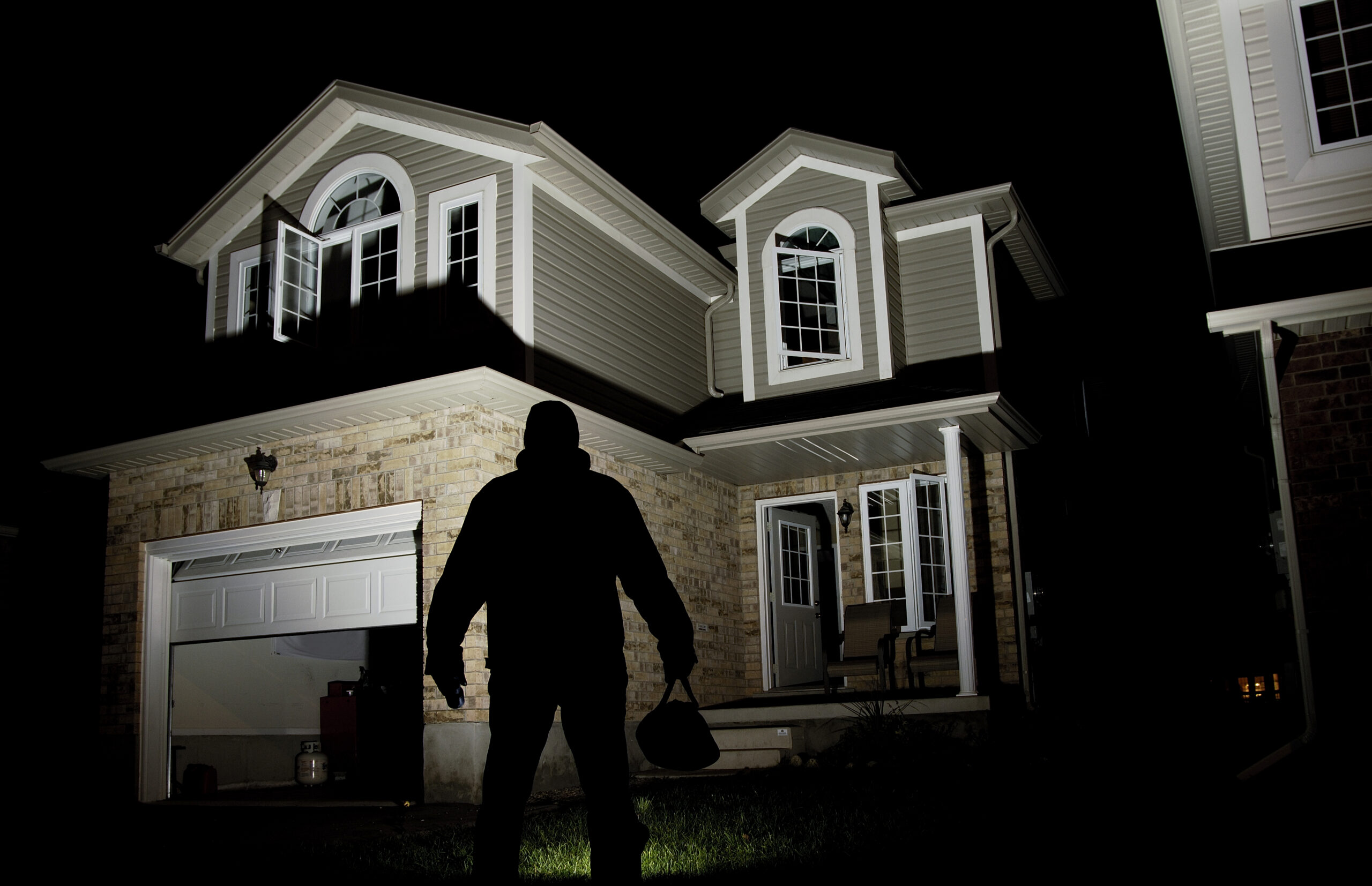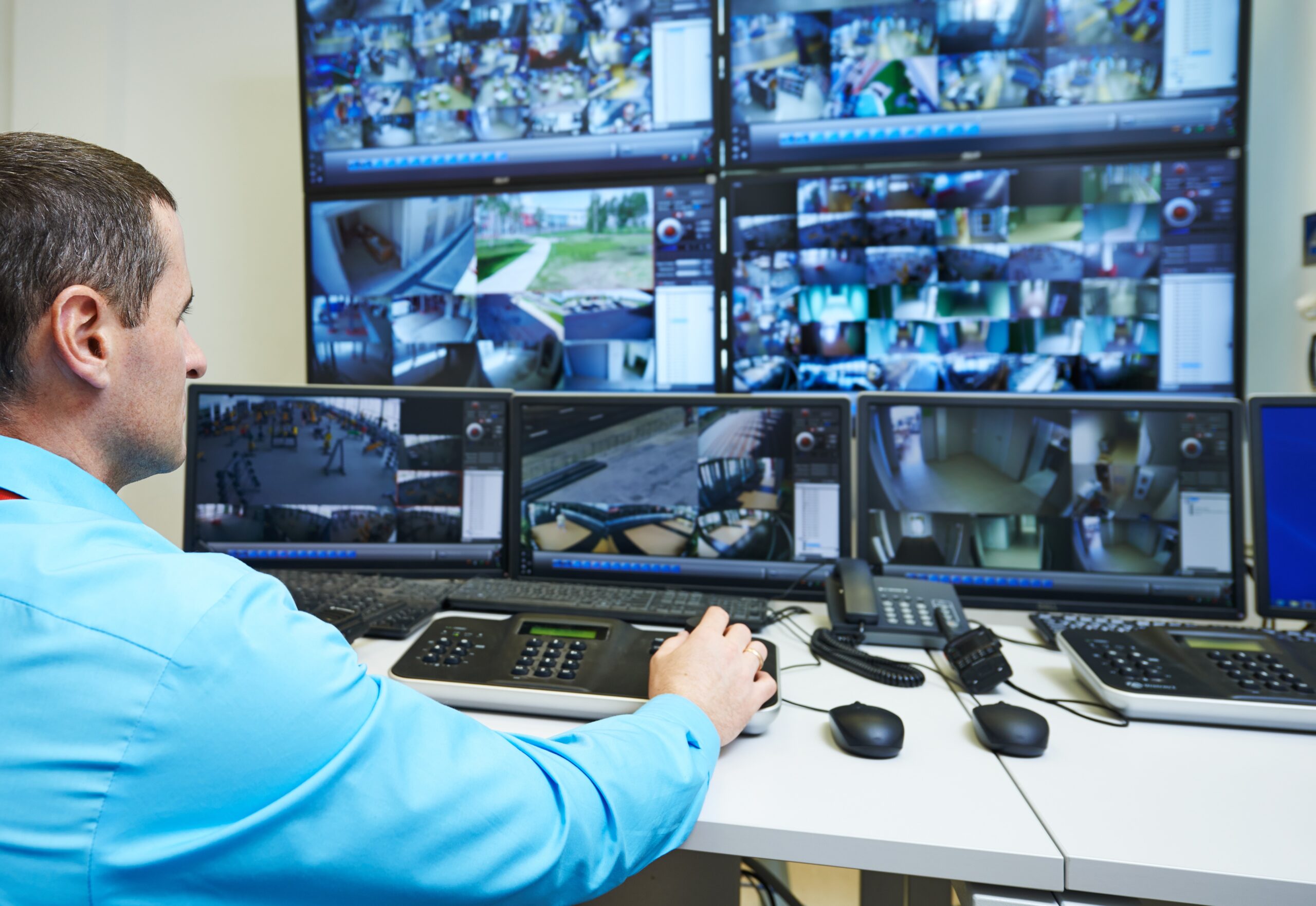“Bullied kids are more likely to bring weapons to school, study says,” headlined in late November on ABC News. This is a trend AEGIS has followed for years, writing about prevention and awareness, training school officials about awareness and pre-incident indicators, and working within the community to prevent school shootings. Now, there is a firm report for the 21st century that identifies a clear link between bullying and the large-scale violence on campus.
The study, Weapon carrying among victims of bullying, reported on the phenomena at a national level, exposing the reality that more than 200,000 high school students who were or are victims of bullying carried a weapon to school in the month prior to completing the survey.
AEGIS Security & Investigations trains officials and community members within educational settings to respond to bullying and take notice of other pre-incident indicators that lead to extreme acts of violence, including active shooters. Here are key take-aways you need to begin responding to bullying and actively work to prevent violence on your campus.
What is bullying?
Bullying is comprised of actions that are meant to harm the victim physically and/or emotionally. This can include verbal and physical aggression aimed to minimize one’s self esteem and self worth. According the US Dept. of Health and Human Services, bullying not only impacts the individuals involved but those who witness it, hear about, know the victim, know the perpetrator — essentially, it affects everyone who has any type of contact with the bullying incident(s).
How is bullying linked to active shooter situations?
Bullying has been linked to active shooter thoughts and actions. Columbine, the most notorious school shooting in modern history that prompted extreme responses in schools to take preventative action, has often had bullying cited for the shooters’ motives. Most recently, Freeman High School in Spokane, WA suffered an active shooter incident where the perpetrator openly admitted to the police that his lesson was to “teach them a lesson” (e.g. teachers and students there) about bullying,demonstrating this very real link.
Additionally, when violence is witnessed, a correlation with decreased school attendance and academic performance is found across the board. See another study from the Office of Elementary and Secondary Education. These students are likely to engage in other risky and illegal behaviors (e.g., underage smoking, drug use, underage sexual activity) and attempt or consider suicide.
Why do schools “let” bullying get as far as extreme violence?
Bullying remains an oversight in numerous settings. Most schools have anti-bullying policy and strict codes of conduct and continue to work toward on-campus monitoring of these situations; however, in the age of social media, preventing cyberbullying has become more difficult. Education on this topic is central to preventing it and any consequences bullying has on a grand scale.
Additionally, the California State Auditor released a report revealing that state schools cannot handle active shooter situations in their current operations. Lack of funding combined with limited active shooter education has left K-12 public schools in California ill-prepared to handle such a situation. To read the full report: CLICK HERE.
What can we do to stop it?
Students
- See it or hear it, report it. The first step is to tell an adult that you have witnessed someone being bullied. While it may not be easy, nor your place, to get involved directly, you can make your school safer by reporting the incident to a teacher, counselor, safety officer or school staff member.
- Don’t participate in bullying. It seems simple enough, but everyone has either intentionally or accidentally fallen into some bullying moment. Sometimes we don’t like what we see, and so we make fun of people or, more harshly, lay a hand on someone out of anger. It is always best to make known your concern in a way that aims to resolve a problem before it launches into something bigger and worse.
- If you are a victim, speak up. Tell a friend. Tell a parent. Tell a teacher or a counselor or school staff member. While being bullied is scary, and “tattling” sounds like it will make matters worse, it could save your life to tell someone that you are being threatened and harmed. The next steps will be to move past a dark moment with adult guidance.
- For more tips, check out https://nobullying.com/category/teens/school-life/.
Parents
- Check in with your children. Whether they are the ones committing the bullying actions or the ones being bullied, it is important to get as much information as possible about their lives.
- If your child is being bullied, don’t react with anger. Again, this will be hard, but it will benefit you and your child to report it to school authorities to ensure the bullying stops. If it does not stop, help start a zero-tolerance policy from the parent board. In the worst case scenario, considering transferring your child to another school. Throughout the entire process, communicate with your child and ensure there is a safe space.
- If your child is the bully, don’t react with anger. It will be hard, but their lashing out is demonstrative of larger issues that need to be worked through as soon as possible. Talk to the school counselor or psychologist to work with your child. Help them see what is wrong with their actions and work toward their apology to the victim. Do not encourage further actions of violence with violence of your own, including yelling or screaming.
- If you do not know the signs of bullying, we encourage you to visit https://www.stopbullying.gov/what-is-bullying/index.html. For more help, visit https://nobullying.com/category/parents/parenting-help/.
School Staff
- Look for the signs of bullying. Do not ignore “gossip” about bullying and do not ignore cries for help.
- Develop a zero-tolerance policy for bullying and enforce it.
- Work with students and parents to monitor, teach and deter bullying habits on campus.
- Because bullying tends to happen on campus, including before, during and after class hours, be prepared to stop it on the spot.
- For more resources for teachers and staff, we recommend https://nobullying.com/category/teachers/resources/. For campus administrators, we encourage you to work toward preventative measures such as those suggested here.
Lastly, we encourage your school and community to prepare for the worst case scenario through active shooter training designed for civilians and pre-law enforcement response. AEGIS offers four unique opportunities for educating you about active shooter situations, handling an active shooter, and saving yourself and others. Visit www.aegis.com/survive-active-shooter-training for more information. To learn more about our approach to preventing school shootings, visit here.
The civilian active shooter training provided by AEGIS is intended to build on “run, hide, fight,” the long-standing method of saving yourself in these events. Workshops run from an hour to several hours dependent on the needs of the organization and individuals. Our most highly sought after workplace violence training program is our one-hour plus add-on Run, Hide, Fight Live Fire Demo; participants begin with a lecture and basic training on how to handle the situation and are then exposed to sample scenarios in which they practice those same skills. The effectiveness of this scenario can be viewed when on CBS here.
AEGIS Security & Investigations is a Los Angeles region company that is licensed and insured in the State of California to provide high-end armed and unarmed regular and temporary off-duty police officers, bodyguards, security officers, loss prevention agents, and event staff. Additionally, we offer services for private investigation, consultation, people locates, and background investigations. Our trainings and workshops in the field of security licensure and counter-terrorism have been featured in news media and are renowned for their efficacy. For more information or to contact us, visit www.aegis.com.
By Chelsea Turner & Jeff Zisner






